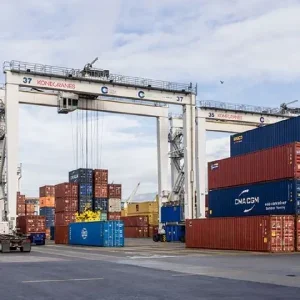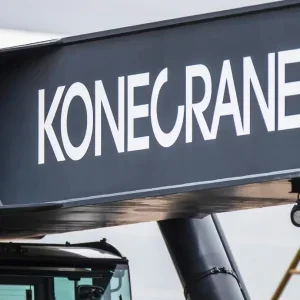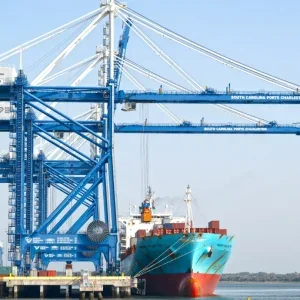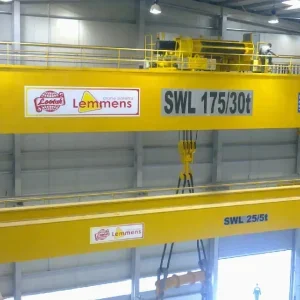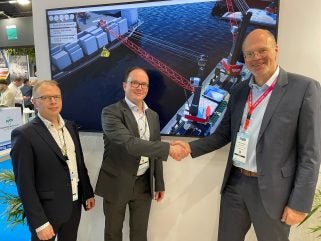
The Port of Oulu has ordered a Konecranes Gottwald ESP.7 Portal Harbor Crane to improve cargo handling capability at their Main Quay.
The Generation 6 machine allows operators to reach across special RoRo vessels that have containers stacked high on deck, in addition to handling general cargo. Ordered in Q2 2024, the crane will be delivered in Q2 2025.
One of the busiest seaports in northwestern Finland, the Port of Oulu provide extensive cargo services at three commercial harbor facilities, including Oritkari, which handles mostly containers. As modern commercial sea traffic employs different types of vessels, the new Generation 6 portal harbor crane will be used to handle the RoRo vessels with containers stacked high on deck. It will also increase flexibility to handle general cargo as well as heavy project cargo up to 125 t.
“This new portal harbor crane will expand our container handling capacity, adding essential flexibility to handle also other kind of cargo. Slewing gives it the extra range of motion to access every container on the RoRo vessels, including those in hard-to-reach corners. In addition, its electric drive will reduce our energy consumption, which aligns to our state environmental permit,” said Marko Mykkänen, MD, Port of Oulu.
“The outstanding performance from the two Konecranes cranes onsite already in the Port of Oulu convinced the customer that a Generation 6 portal harbor crane was the right solution for their current needs. We’ll be able to install the crane on existing rails, minimizing downtime as the port transitions to a new era of productivity,” added Hans-Jürgen Schneider, regional sales manager, Port Solutions, Konecranes.
The order is for one Konecranes Gottwald ESP.7 Portal Harbor Crane, with a working radius of up to 51m and a maximum capacity of 125t to serve container ships up to post-Panamax class.
Strong lifting capacity curves, improved handling rates and a high classification ensure a long service life. Powered from the harbor mains by cable reel, it eliminates local exhaust emissions and collects lowering and braking energy for auxiliary consumption on the crane or to be fed back into the grid.
Tailored for the existing portal, the crane has a track gauge of 18m with a clearance height of 7m and is to be mounted closer to the water side to maximize its working radius. To support this asymmetrical design, there are eight wheels on each corner on the water side and six wheels on each corner on the land side.


